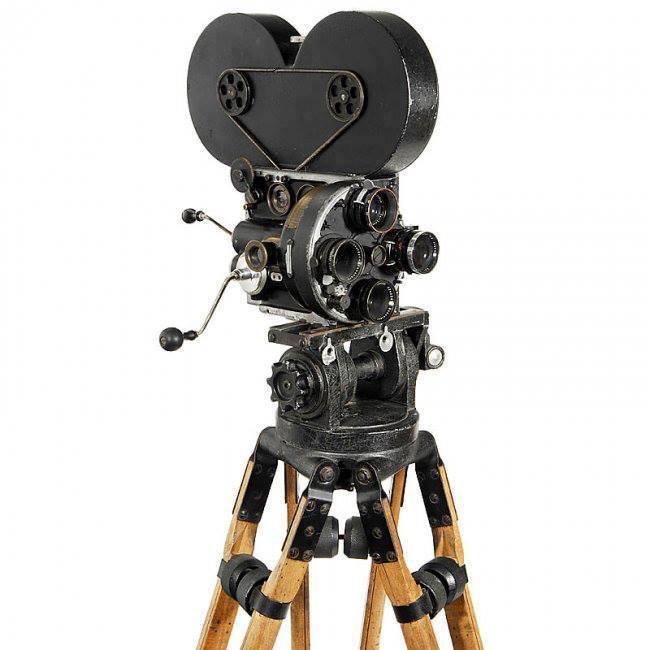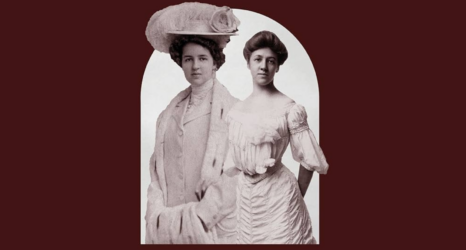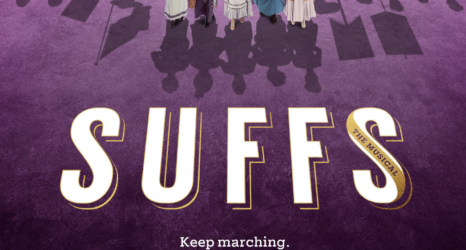
Today in Feminist History is our daily recap of the major milestones and minor advancements that shaped women’s history in the U.S.—from suffrage to Shirley Chisholm and beyond. These posts were written by, and are presented in homage to, our late staff historian and archivist, David Dismore.
June 15, 1912: Always eager to take advantage of any opportunity to promote the cause, the National American Woman Suffrage Association has made the first pro-suffrage motion picture!

The two-reel epic, suitably entitled “Votes for Women,” has just been shown for the first time today to an audience of suffragists gathered at the Bryant Theater on 42nd Street in Manhattan. The film will go nationwide on the June 26 and features a number of prominent suffragists cast as themselves. The best known players are Jane Addams of Hull House; Reverend Anna Howard Shaw, president of N.A.W.S.A.; Inez Milholland, Mary Ware Dennett, Mary Beard, Harriet Laidlaw and Harriet May Mills.
That the drama was made at all is a tribute to the creativity and quick thinking of some of the most prominent advocates of our cause. N.A.W.S.A. was suddenly given the opportunity to use this popular medium, but only if its representatives could write their own script and be ready to perform it at 11 o’clock the next morning. As always, suffragists rose to the occasion, in this case employing the writing talents of Mary Ware Dennett, Harriet Laidlaw and Frances Maule Bjorkman, all of whom appeared in the film.
The story they came up with revolves around actions taken by suffrage supporters to reform a state senator whose support would be quite useful to progressive legislation, but who is the selfish, uncaring owner of a run-down tenement. Not having votes, the women must resort to using “indirect influence” on the senator. They do this by first winning over his fiancee, who begins accompanying them in their work of trying to improve conditions in the city’s tenements and sweatshops.
The senator remains unconcerned about the condition of his building even after his fiancee relates the atrocious living conditions that his tenants must endure. But after the fiancee contracts scarlet fever due to a contaminated garment in her trousseau that turns out to have been made by a tenant doing home work in one of the senator’s unhealthy tenements, the issue suddenly becomes personal for him, as he realizes that he bears some responsibility for what’s happened to her.
The senator gains new insight and compassion into the desperate plight of his tenants, and becomes a model landlord, as well as an enthusiastic supporter of reform and suffrage legislation in the State legislature.
One lesson of the film is that if women had the power of the vote, they could do far more to bring about needed reforms through direct influence at the polls and by lobbying legislators as voters than through the inefficient methods of indirect influence that they must now employ.
After his conversion to progressive, reformist ideals—including suffrage—the Senator is thanked by Shaw and Addams, then given an enthusiastic reception at the Men’s League for Woman Suffrage by James Lees Laidlaw, Max Eastman and many other men who are real-life suffrage activists.
Scenes of last month’s unprecedented and stunning turnout of at least 15,000 marchers in a suffrage parade down Fifth Avenue closed the film. This especially delighted the audience, most of whom had participated in the spectacle, but had only been able to see their own contingent on May 4th.
Congratulations are in order to N.A.W.S.A. for using this innovative means of spreading the word, and to Hal Reid for his excellent direction. Thanks could also be due from future generations who may now have the chance to see today’s suffrage advocates in action during this most exciting stage of the struggle for political equality.





